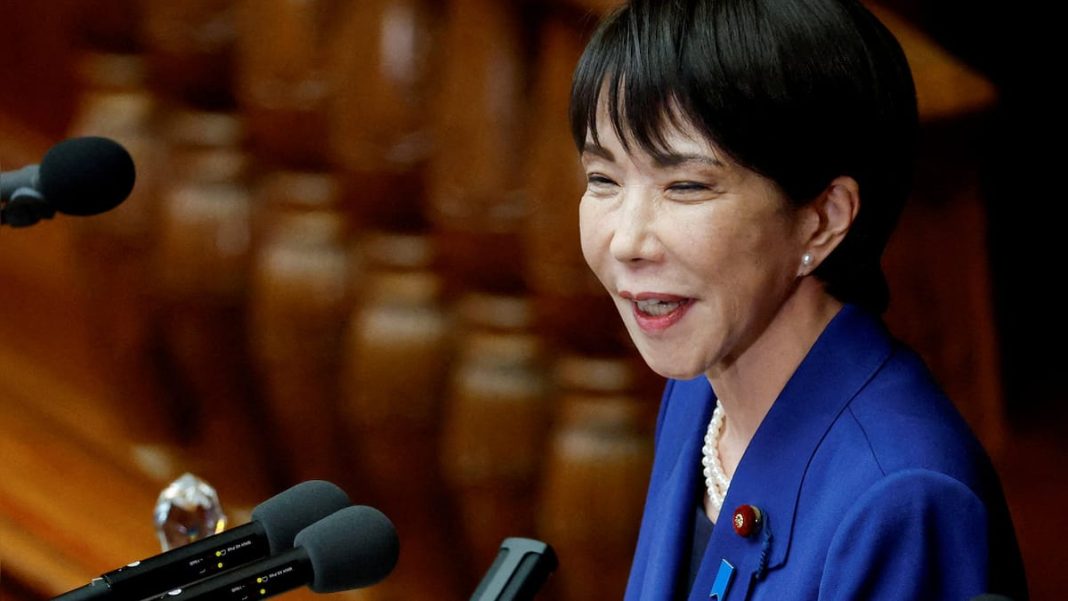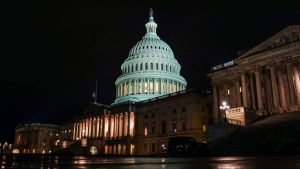Key Takeaways
- Yen hits record low vs euro, 9-month low vs dollar after PM Takaichi’s dovish comments
- Japanese government urges BOJ to maintain low interest rates, creating policy tension
- Australian dollar strengthens on better-than-expected jobs data, reducing rate cut odds
- Currency markets brace for volatility as US government shutdown ends, data backlog looms
The Japanese yen plunged to unprecedented levels against major currencies after Prime Minister Sanae Takaichi publicly advocated for the central bank to maintain its slow approach to interest rate hikes.
The currency touched a record low of 179.50 per euro early Thursday before recovering slightly to 179.25. Against the dollar, it slipped to 155.02, just shy of Wednesday’s nine-month low of 155.05.
Government Pressure on Bank of Japan
Prime Minister Takaichi explicitly stated her administration’s preference for low interest rates and requested close coordination with the Bank of Japan. She has asked BOJ Governor Kazuo Ueda to provide regular updates to the government’s Council on Economic and Fiscal Policy.
This creates a delicate situation for the central bank, which faces mounting pressure from currency markets. Finance Minister Satsuki Katayama issued a fresh warning about yen weakness as it approached the 155 per dollar level, citing “one-sided and rapid movements in the foreign exchange market.”
Market Expectations and Analyst Views
The yen’s persistent weakness may force the BOJ’s hand, with traders pricing in a 24% chance of a quarter-point rate hike in December, increasing to 46% by January.
“The yen’s weakness… is likely making the government increasingly nervous,” said Norihiro Yamaguchi, an economist at Oxford Economics. He noted that “the exchange rate is crucial to the survival of the administration” and that “to mitigate yen weakness, the government has to accept the Bank of Japan’s rate hikes in the end.”
Australian Dollar Strengthens on Jobs Data
Meanwhile, the Australian dollar climbed to a two-week high of $0.6565 after employment data showed a sharper decline in unemployment than economists predicted. The improved labor market conditions reduced the likelihood of near-term rate cuts, with traders seeing only 16% odds for a December reduction.
Thursday’s employment figures revealed strong job growth as companies hired more full-time workers, easing concerns about a sharp labor market slowdown. A senior Reserve Bank of Australia official noted increasing debate about whether the current 3.6% cash rate sufficiently constrains inflation.
ANZ analysts commented that the jobs data “likely reaffirm the RBA’s position that labour market conditions ‘remain a little tight’,” supporting expectations for steady policy next month.
Broader Market Context
Currency markets face potential turbulence as the ended US government shutdown triggers the release of accumulated economic data, though the White House warned that October jobs and inflation figures might never be published.
Elsewhere, sterling dipped to $1.3123 ahead of UK GDP data, extending losses after weak employment figures and reports of political challenges facing Prime Minister Keir Starmer.






